

When you’re working on a sewing project it’s important to strive for accuracy. If you’re new to sewing, you may think that the question “how big is a yard of fabric?” is strange. But, when you work on a sewing project Trusted Source How to Prepare Fabric for Sewing Projects | Martha Stewart All set to sew? Before you make a single stitch, here’s how to prepare your fabric to ensure great results. www.marthastewart.com , you don’t want to run out of fabric before it’s completed. In many cases, it may be possible to get more of the same fabric, but this isn’t always the case. It’s a better idea to plan ahead and know how much material you will need to purchase.
Extra fabric can come in handy on other projects, if it’s useful material that works well with other fabric types. But, if you have something that’s unusual, you may find it hard to fit it in with other materials later. When you determine the fabric yardage in advance you can make the most of your budget. So, it makes sense to learn how to measure a yard of fabric efficiently and determine how many yards you will need to complete your next project.
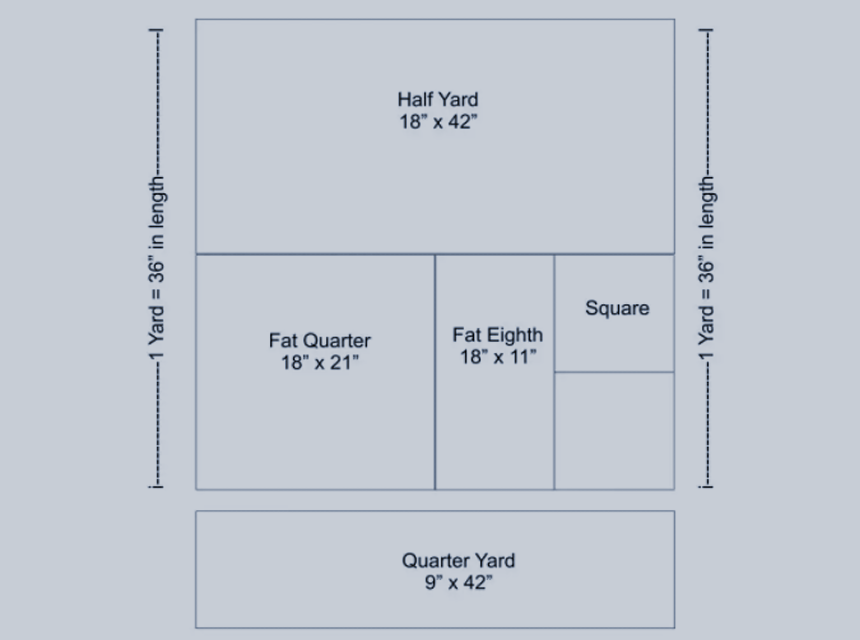
So, what are the dimensions of a yard of fabric? The true size of a yard of fabric is a little under a meter which is equivalent to 1.125 yards. The real size may be a little larger or smaller than a square yard in size. The reason for this disparity is that the material width can vary depending on the fabric that you purchase. A standard tape measure has a maximum length of 60 inches or 1.66 yards. This means that you will need to use conversion charts to find out how much fabric you will need for your project.
Even if you use the best fabric markers for your project, you can make early errors if you don’t understand that fabric can come in a variety of widths. The question “How wide is a yard of fabric?” is a popular search term for a very good reason.
A roll of fabric can come is a width of 28 inches up to as much as 60 inches and even wider when for certain applications such as boat canopies and canvas awnings. As a rule of thumb, remember that when you ask yourself “How big is a 1-yard roll of fabric?” and the width is 36 inches you’re going to get a square yard of fabric. This is very useful to know if you need some squares of 100% cotton fabric or other material for quilting.
If you are making a boat canopy or an awning for the patio, then the width of the fabric is likely to be two yards wide. These types of fabric are usually sold by the yard and every yard you purchase gets you two square yards of fabric. So, when you calculate your costs, it’s always important to factor in the width carefully.
A yard of fabric that’s 35 inches wide will cost less than a yard of fabric that’s 60 inches wide. The coverage area is larger and you’re going to get more fabric than you may need to finish your project. Always check the width of the fabric carefully before you commit to a purchase.
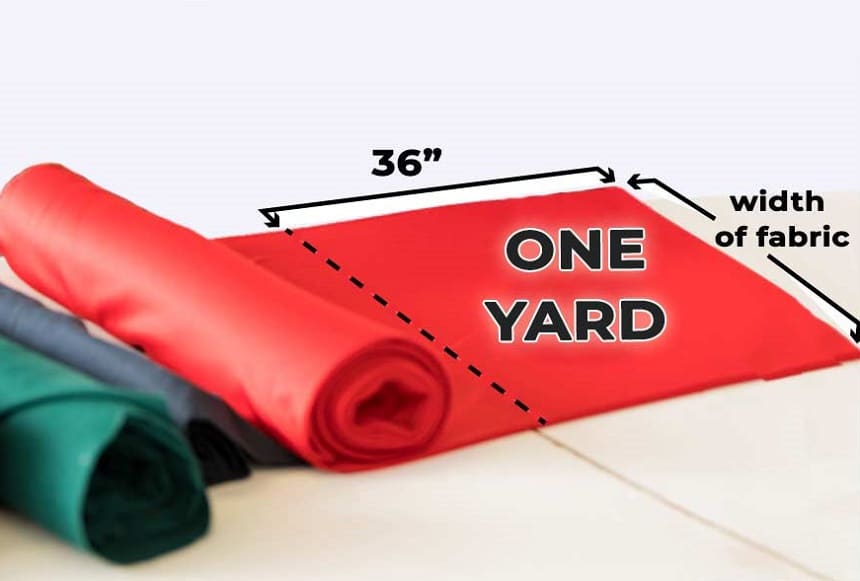
When you hear the term “running” in regard to fabric it refers to the continuous length of the material. Fabric is typically sold by the “running yard” if it isn’t cut into ½ or 1 yard length already. Many quilters want smaller quantities of multiple types of fabric for their projects and you may even find dedicated quilting packs of fabric. However, if you’re dealing with a sales attendant and buying directly from a roll you will be buying by the running yard. But, as the customer you’re unlikely to hear this term used and all you need to ask for is the number of yards of fabric that you need.
So, how do you measure a linear yard of fabric? Choosing a quilting ruler can certainly help, but the length of the fabric is the only measurement used. The width of the fabric is much of a factor because a 10-yard length of material is going to be 30 feet long every time. When you want to measure a yard of material a yardstick is the best option. Simply hold it against the material and make the desired cut. Most stores will do this for you, but if you’ve bought a roll of fabric you may want to use a fabric marker.
When you get used to this process it only takes a couple of seconds to measure and cut a yard of fabric. When a customer wants 3 yards of polycotton fabric the same rules apply to a single yard, but the yardstick is used three times. To put these sizes into perspective, you could make a nice sized blanket for a dog with a yard of fabric. If the width is 36 inches you would have a square blanket or a width of 45 inches or more would make a rectangular blanket.
For easy reference, if you don’t have a yardstick, you can roughly measure a yard by stretching out your arms in opposite directions. This can vary depending on the size of the person, but it can be a useful option in a pinch.
So, how big is a yard of fabric in inches? Good question, hopefully you remember some basic arithmetic because it will come in handy here. Every yard of fabric is equal to 36 inches and this will not change no matter which measuring device you use. When you know the inch size you can calculate the material needed for any sewing projects.
Most fabric stores will now sell fabrics in ¼ or ⅓ or ¾ yard lengths or any other fraction. So, if you need more than 1 yard and less than 2 yards of fabric you will probably need to buy the full 2 yards.
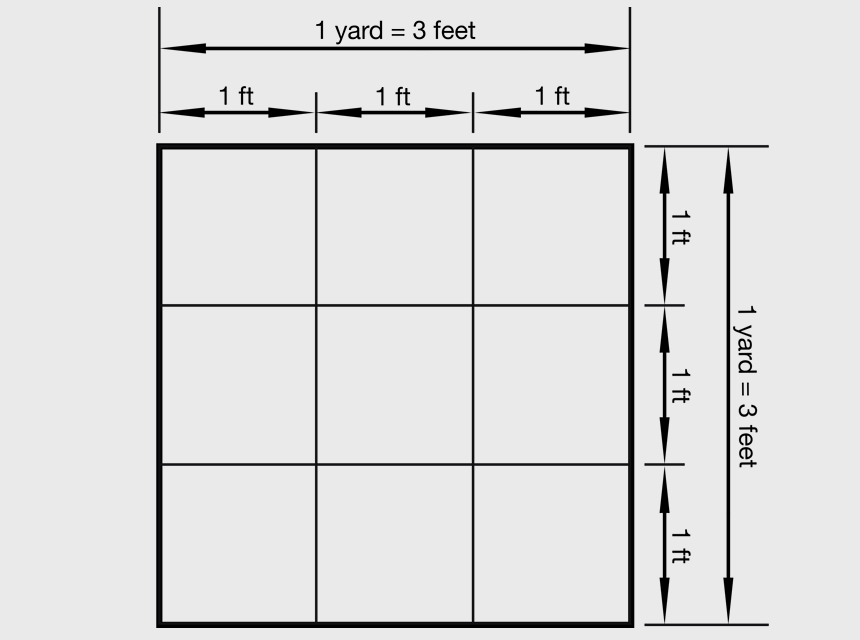
It’s easy to make a calculation with the linear measurement alone. After all, 1 yard is equivalent to 3 feet more or less, but as we mentioned earlier the width is an important factor. As an example: If you were to purchase 1 yard (3 feet) of fabric with a width of 36 inches the total square footage of fabric would be 9 square feet. This same principle applies when you’re working with sections measured in inches or full yards. As the fabric widens, you will have more material to work with because the width is not factored into the yards pùrchased. So, considering a question such as “How big is a quarter yard of fabric?” will have different answers as the width of that material changes.
For readers using the metric system, the logical next question is how big is a yard of fabric in cm and meters? Most people think that a yard lines up with a meter but that is not really true. A meter is 39 inches long, so if you get a meter of fabric it will be 3 inches more than 1 yard. In fact, a yard is equal to 0.9144 meters and in centimeters that would be 90 cm or almost 91 cm. If you need very small measurements a meter equals 1,000 millimeters or 100 centimeters. The conversions are not too hard to understand when you convert from imperial to metric and back again.
A yard is equal to 0.9144 meters and in centimeters that would be 90 cm or almost 91 cm. If you need very small measurements a meter equals 1,000 millimeters or 100 centimeters. The conversions are not too hard to understand when you convert from imperial to metric and back again.
There are many items that you could make with a single yard of fabric, including: aprons, fabric wallets, children’s clothing, pet beds, pillowcases, cushions and more. If you get really creative you can make baby clothes, socks, summer dresses and more advanced projects. This is a great way to stay busy and make real improvements for your friends and family.
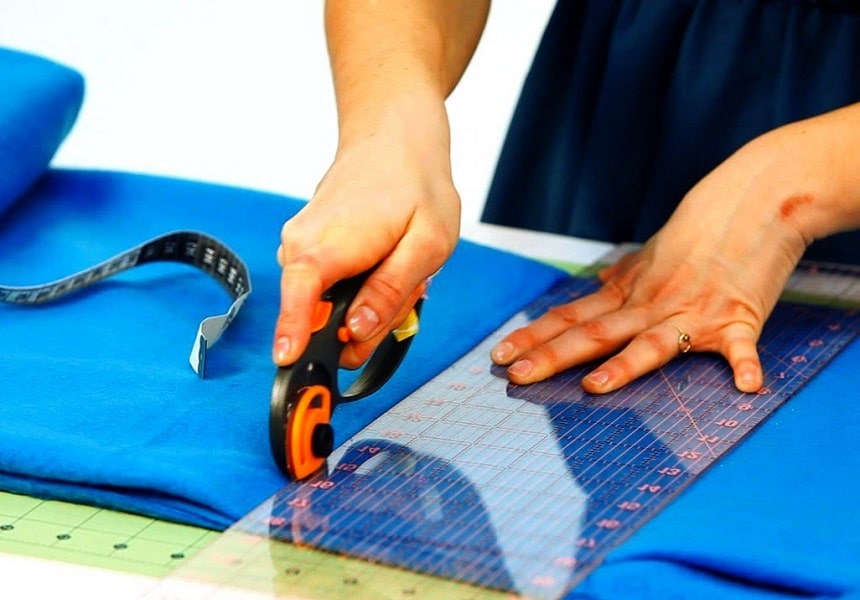
Now that you know how big a yard of knit fabric is, it’s time to explain how to cut it efficiently, here are ten handy sewing tips:
As you can see, you can do a lot with a yard of fabric and sewing your own designs can be a very rewarding experience. Some of the details that you can add are not typically found on store bought clothes and fabric items. However, there are a few useful rules to follow that will help you to get the best cuts for your fabric. Here are some of the most frequent questions we are asked about fabric cutting techniques:
Matching prints along the seam lines is a great way to make printed fabrics stand out. If you have unmatched prints running in a line or along a center seam it can ruin the look of any garment. When you cut along stripes, plaid or printed fabric you will notice that they don’t tend to follow a grain lengthwise. So, you can follow the print when cutting which makes the process easier. Simply cut your pattern pieces from a single layer of your chosen fabric and they match it to the first piece when cutting.
When you cut a slippery fabric such as chiffon, it can be a frustrating experience. The fabric is hard to hold and cut accurately unless you take further steps to make the process easier. Wet the fabric with a spray bottle of water, keep the water spray light and this will add a little weight. But, you must take care if you have an expensive wooden table where you cut fabric or it could be damaged by the water. Mark the pattern directly on the fabric, sew the seams and cut using serrated scissors with sufficient seam allowances.
Fabrics that are very delicate need some thin tissue paper placed along the length of the material and that is cut at the same time. This method works very well when you’re cutting silk.
If you need to cut fabric that has a nap or pile such as: fake fur, plush, velour or a yard of fleece fabric you need to comb it first. Keep the brushing in the same direction when you cut the pieces of your pattern. Fabric with a nap that’s cut wrong may have colors that can look very different from one part of the garment to the other. This may only be obvious when the light hits the fabric from different angles. Before you begin cutting, run your hand over the surface of the fabric to smooth the nap.
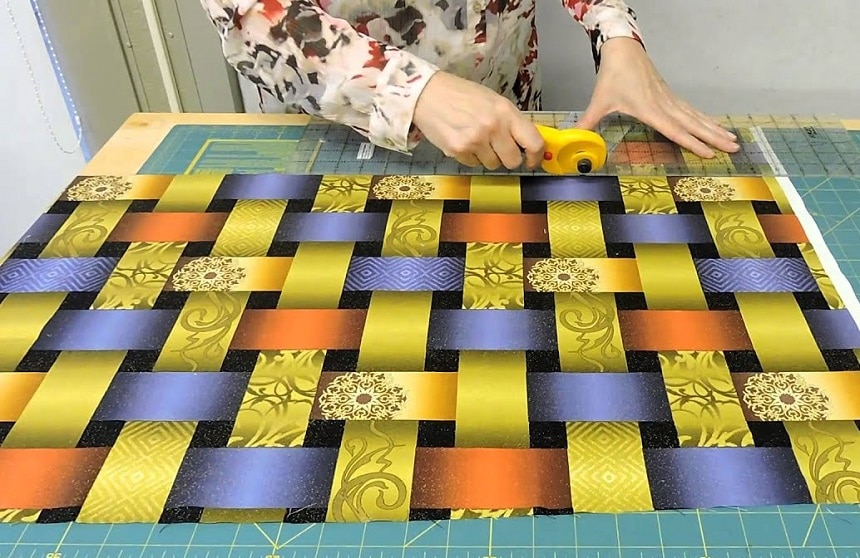
When you cut a direction print, it’s important to cut in the print direction. Make sure the pattern pieces all face in the same direction before you begin cutting. If you want a certain print in a special location you will need to consider this when buying the fabric. Remember that you may need more yardage to get the part of the print fabric that you need. Printed fabrics also highlight the need for the seam allowance along the seam. Start by keeping the cut part, mark around that piece and then cut. If you want to add invisible zippers on the seam you may not notice the difference between fabric panels.
As you can see, it’s hard to buy a half yard of fabric and hopefully we’ve shown that the width is a major factor. It’s important to understand your fabric needs in advance to avoid running out of material part way through the project. There are fabric calculators to help with this process and getting an accurate measurement will allow you to get the best out of your yard of fabric. If you’ve ever asked yourself, “How big is a yard of fabric?” we hope we’ve answered it here to help you make an informed purchasing decision.